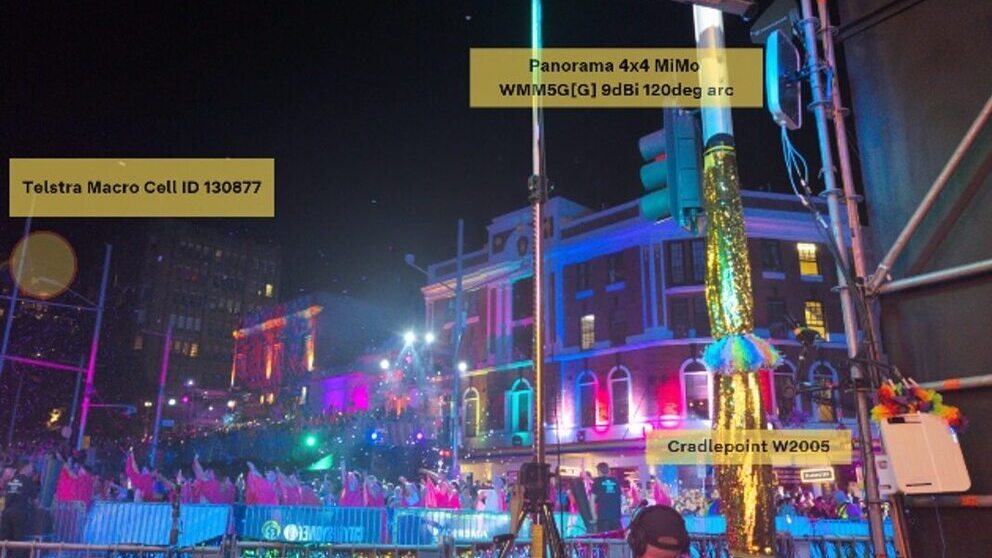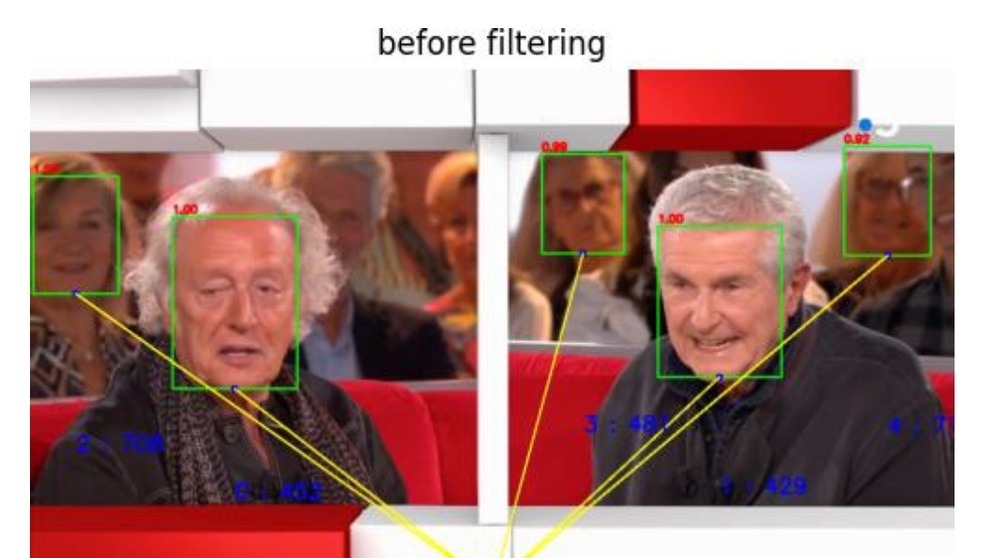In this paper, we analyze how 5G Broadcast can be introduced and deployed while coexisting in the same UHF channel with several other legacy broadcast radio technologies, including ATSC 3.0, DVB-T2 and ISDB-T
5G Broadcast offers broadcast network operators the possibility of reaching mobile devices directly, without requiring additional hardware in smartphones. 5G Broadcast enables delivery of services such as linear TV, live content offload, or emergency messages to the general population while minimizing the hardware impact and the cost to the end customers.
When introducing a new broadcast standard, factors such as spectrum scarcity, the need to support legacy receivers, and regulatory constraints are of significant interest in non-greenfield markets. Due to these issues, in some cases it may not be desirable or feasible to vacate one entire broadcast UHF channel to deploy 5G Broadcast. Instead, a transition approach to refarming may be preferred, where the available bandwidth is flexibly allocated to 5G Broadcast or a legacy standard with a granularity finer than a broadcast UHF channel.
In this paper, we analyze how...
You are not signed in.
Only registered users can view this article.

IET announce Best of IBC Technical Papers
The IET have announced the publication of The best of IET and IBC 2024 from IBC2024, once again showcasing the groundbreaking research presented through the papers. The papers have been selected by IBC’s Technical Papers Committee for being novel, topical, analytical and well-written and which have the potential to make a significant impact upon the media industry. 327 papers were submitted this year, and after a rigorous selection process this publication features the ten papers deemed by the judges to be the best.

Technical Papers 2024 Session: 5G Case Studies – public network slicing trials and striving for low latency
In this session from IBC2024, Telestra Broadcast Service and the BBC present their work 5G Case Studies as part of the IBC Technical Papers.

Technical Papers 2024 Session: AI in Production – training and targeting
In this session from IBC2024, three authors from NHK, Viaccess-Orca and European Broadcasting Union present their work on the application of AI to media production as part of the IBC Technical Papers.

Technical Papers 2024: Audio & Speech – advances in production
In this session from IBC2024, two authors present their work on Audio Description and implementing Audio Definition Model as part of the IBC Technical Papers.

Technical Papers 2024 Session: Advances in Video Coding – encoder optimisations and film grain
In this session from IBC2024, IMAX, MediaKind, Fraunhofer HHI and Ericsson present their work on video coding, as part of the IBC Technical Papers
